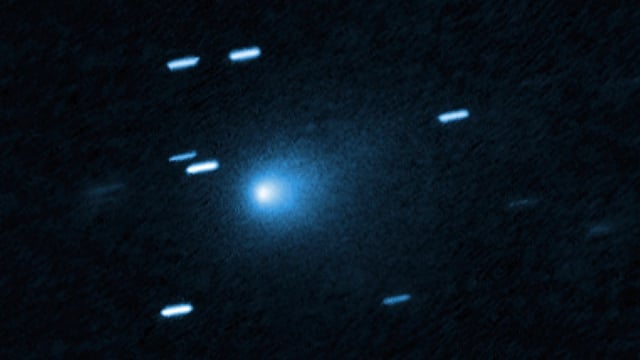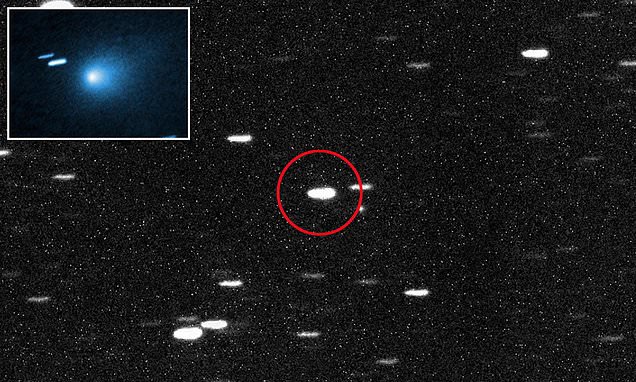Overview
- Harvard astrophysicist Avi Loeb advanced a hypothesis that 3I/ATLAS may generate its own light via nuclear power, citing a Hubble image showing a sunward glow and arguing the observed brightness is hard to reconcile with a typical comet.
- He also contends the object's course, which will pass near Venus, Mars and Jupiter, is statistically unlikely by chance and may indicate deliberate path selection.
- NASA classifies 3I/ATLAS as a comet, and several astronomers sharply reject an artificial-origin interpretation, with Oxford’s Chris Lintott calling such suggestions unfounded.
- NASA says the interstellar visitor reaches perihelion on October 30 at roughly 130 million miles from the Sun, driving continued multi-instrument observations to test competing explanations.
- A new arXiv study outlines time-critical observations by existing spacecraft, including Psyche on September 4, Mars missions on October 3 and JUICE on November 4, with possible post-perihelion tail sampling by Europa Clipper, Hera and Lucy due to poor viewing from Earth.


